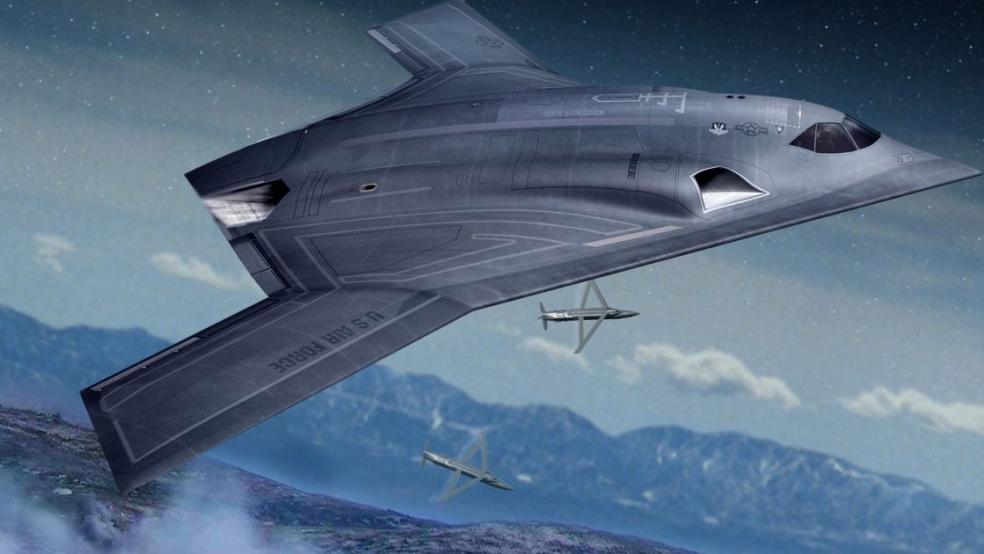Work on the Air Force’s new Long Range Strike Bomber has come to a halt following a protest by the team that lost out on the massive contract.
The service issued a work-stop order to Northrop Grumman on November 6 after a Lockheed Martin-Boeing team filed a protest with the Government Accountability Office about the selection process for the next-generation bomber.
Related: Why the New Stealth Bomber Could Cost More Than $100 Billion
Air Force spokesman Major Robert Leese said in a statement that the service is “confident that the source selection team followed a deliberate, disciplined and impartial process to determine the best value for the warfighter and taxpayer. The Air Force will fully support the GAO's independent process. Once resolved, we look forward to proceeding with the development and fielding of the LRS-B aircraft.”
The protest, which GAO has 100 days to adjudicate, was expected by industry observers and the Defense Department, in part because of the bomber’s price tag, which is estimated to come in above $100 billion over the next few decades.
There’s no way of knowing how much of a case the Lockheed-Boeing team has against Northrop because so many details about the new bomber program remain top secret. And the Air Force wasn’t exactly forthcoming about why it had picked Northrop when it announced the award in a Pentagon press briefing last month.
Related: The Pentagon’s New Bomber Faces a Potentially Costly Delay
Looking at both proposals, the effort’s selection team came to the conclusion that the Northrop bid “was the best value for the war fighter and the taxpayer, and we're not going into any other details relative to what those source selection criteria were,” William LaPlante, assistant secretary of the Air Force for acquisitions, said at the time.
It’s also unclear how much of an impact the work-stop order will have on the nascent program. Nearly $2 billion was appropriated for the effort between fiscal 2011 and 2015.
Speaking at the Pentagon briefing, Lt. Gen. Arnold Bunch, LaPlante’s military deputy, said if the program “were to go to the GAO there's a 100-day timeframe for that, and we'll monitor and we won't stipulate or make any assumptions as to what the ramifications of that would be.”
The protest and resulting halt puts the Air Force’s weapons-buying policies under the microscope once again. The service has a bad track record of managing big-ticket items, such as the KC-46A Tanker and the F-35 Joint Strike Fighter.
Related: Air Force Gets Wrong Price Tag for New, Budget-Busting Bomber
The fighter is years behind schedule and plagued with cost overruns and technical glitches. The effort has cost around $400 billion to date, making it the most expensive weapons program in U.S. history. The fighter program is expected to cost more than $1 trillion over its lifetime.
For now, even one of the Air Force’s chief critics is willing to give the service and the GAO time to sort out the protest.
“I think everybody expected a challenge on a weapons system of this magnitude but I’m sorry, that’s their right,” Senate Armed Services Committee chair John McCain (R-AZ) told The Fiscal Times.
Air Force leaders are confident the protest won’t overturn the award, which would be a major embarrassment.
“I am confident that we collectively — and again, 'we' the Air Force, but we had independent peer reviews, as well — that, collectively, we did a very thorough job,” Air Force Secretary Deborah Lee James said during a Nov. 10 press conference at the Dubai Air Show, according to Defense News.





